Imagine a creature so massive and powerful that it could slither silently through prehistoric jungles, swallowing crocodiles whole and leaving even the bravest animals trembling in fear. After the mighty dinosaurs vanished from the Earth, the reign of a new giant began—one that would shape the future of reptilian dominance. Titanoboa, a serpent of truly staggering proportions, emerged as the undisputed king of the post-dinosaur world. Its story isn’t just a tale of size, but of survival, evolution, and the awe-inspiring wonders hidden in our planet’s deep history. Are you ready to meet the real-life monster that once ruled the ancient rainforests?
The Discovery That Shocked Paleontology
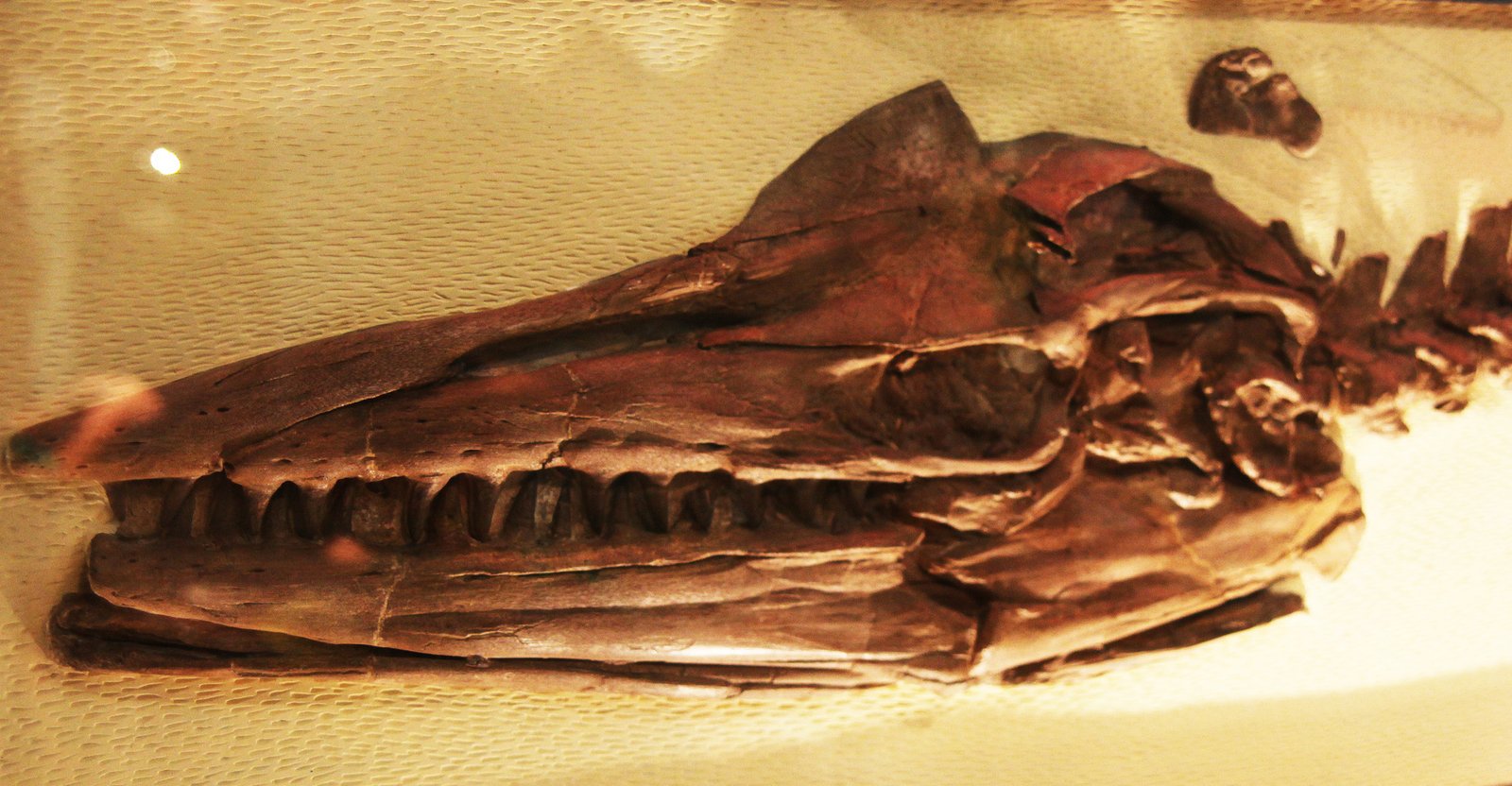
In 2009, paleontologists working in a Colombian coal mine stumbled upon something that would send shockwaves through the scientific community. Fossils unearthed from the Cerrejón formation weren’t just remnants of an ordinary snake—they belonged to a behemoth that stretched the boundaries of what anyone thought possible. The vertebrae and skull fragments hinted at a snake so enormous, it eclipsed all modern relatives. The sheer size of these bones was enough to make even experienced scientists do a double-take, sparking a flurry of research and wild speculation about this mysterious giant. The find quickly became one of the most sensational paleontological discoveries of the 21st century.
How Big Was Titanoboa?
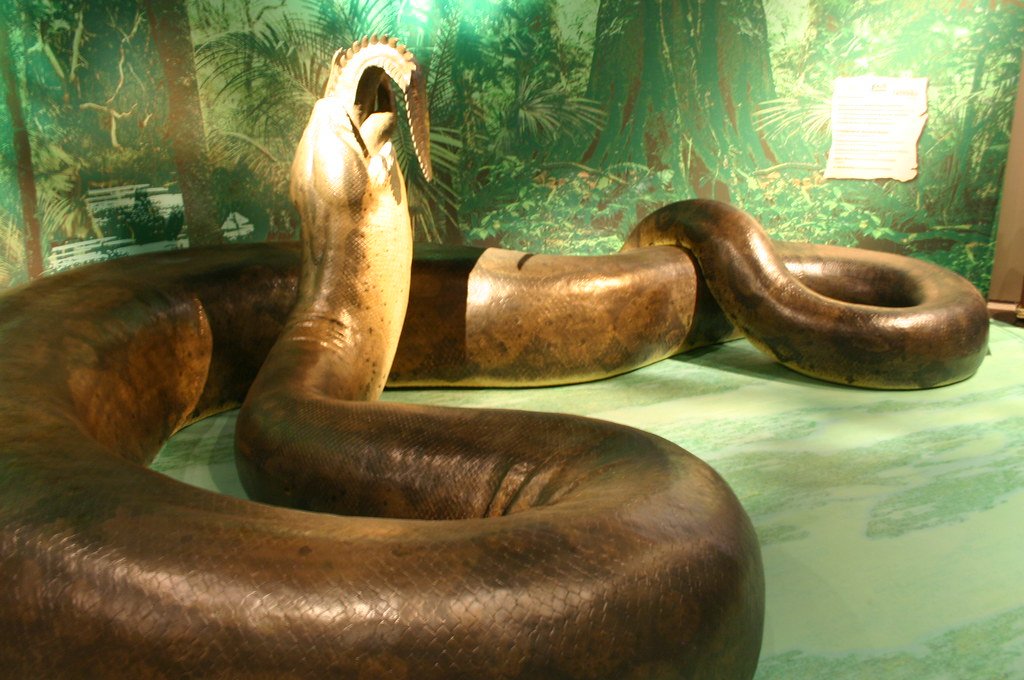
Titanoboa wasn’t just big—it was colossal. Estimates place the snake at around 42 to 50 feet long, with some scientists suggesting it could have reached up to 60 feet. To put that in perspective, that’s longer than a school bus and much heavier than a grown polar bear. Its girth was so wide that an adult human would have struggled to wrap their arms around its body. Weighing in at over a ton, Titanoboa outclassed even the largest modern snakes, like the reticulated python or anaconda, by an incredible margin. Standing in the presence of Titanoboa would have felt like encountering a living myth.
The World Titanoboa Inherited
After the mass extinction that wiped out the dinosaurs around 66 million years ago, Earth was a land of opportunity and chaos. Titanoboa’s reign began in the Paleocene epoch, a time when lush, tropical forests blanketed much of South America. Temperatures were higher than today, with swamps and rivers teeming with strange mammals, enormous turtles, and ancient crocodiles. Predator and prey alike had to adapt fast in this new world, and Titanoboa thrived in these steamy, primordial jungles. The absence of large land predators opened a niche that this super-snake quickly filled, becoming the apex hunter of its time.
Anatomy of a Giant Predator
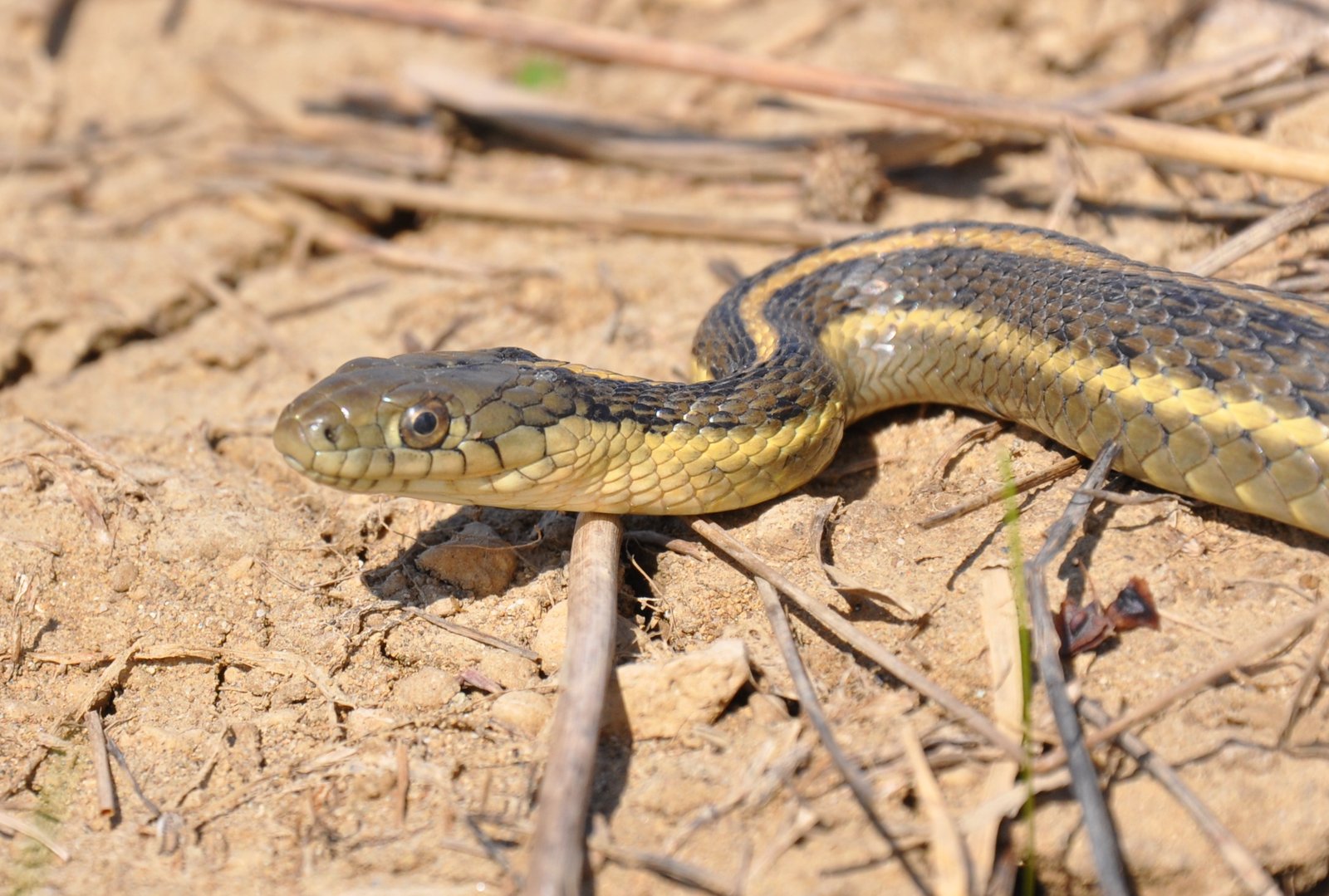
Titanoboa’s body was built for power and stealth. Its muscular form allowed it to move fluidly through water and dense undergrowth, striking quickly at unsuspecting prey. Unlike venomous snakes, Titanoboa likely killed by constriction—wrapping its coils around victims and squeezing with enough force to break bones and stop hearts. Its jaws could open wide, allowing it to swallow animals whole, while backward-facing teeth made escape impossible for anything caught in its grip. The internal structure of its bones suggests a snake perfectly adapted to both land and water, a true master of its environment.
What Did Titanoboa Eat?
With a size like Titanoboa’s, only the largest meals would suffice. Fossil evidence suggests this giant snake feasted on prehistoric fish, turtles, and even crocodile-like creatures that shared its watery home. Imagine a snake large enough to gulp down an entire alligator in one meal—Titanoboa did just that. Its hunting grounds likely included slow-moving rivers and swampy lagoons where it could ambush prey with terrifying efficiency. Scientists believe that the abundance of large prey in its ecosystem enabled Titanoboa to reach such incredible sizes, making it both a symbol and a product of its lush, vibrant world.
The Climate Connection: Why Titanoboa Grew So Large
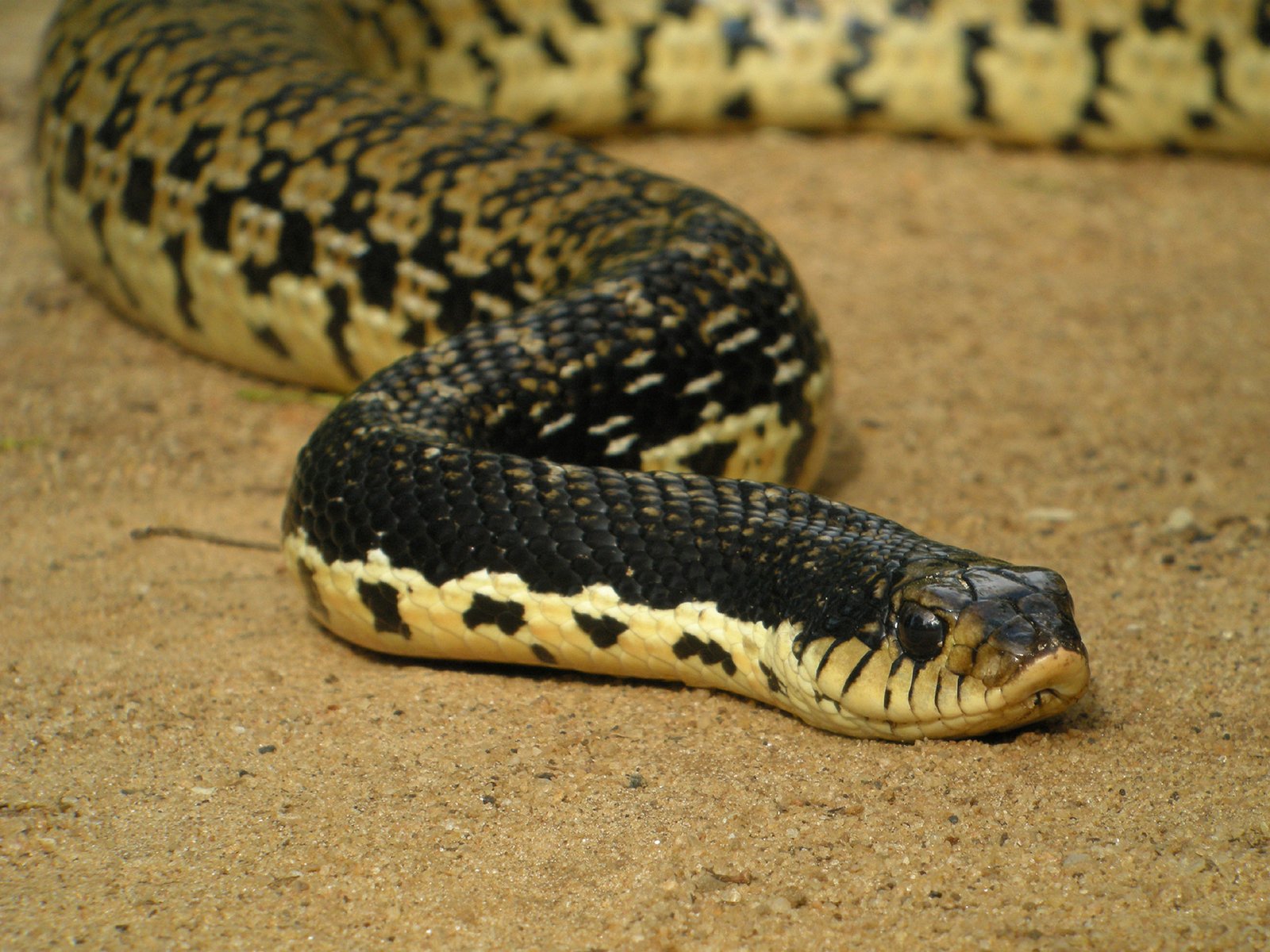
One of the most intriguing questions is why Titanoboa became so gigantic. The answer lies in the warm, humid climate of Paleocene South America. As cold-blooded reptiles, snakes rely on external temperatures to regulate their body heat. The consistently high temperatures allowed Titanoboa’s metabolism to flourish, supporting rapid growth and a massive body size. Research suggests that if the climate had been even slightly cooler, such a giant snake could never have survived. In a sense, Titanoboa’s size is a living record of Earth’s prehistoric greenhouse climate—an ancient thermometer etched in bone.
How Titanoboa Changed Our Understanding of Evolution
Before Titanoboa’s discovery, scientists believed that snakes and reptiles were relatively modest in size after the dinosaurs’ extinction. Titanoboa shattered that assumption, revealing that reptiles could not only survive but dominate in certain post-dinosaur ecosystems. Its existence suggests that evolutionary pressures, combined with environmental conditions, can push creatures to unexpected extremes. This has prompted researchers to take a fresh look at how climate, habitat, and food supply can drive the evolution of giants in the animal kingdom, both past and present.
Reconstructing the Life of Titanoboa
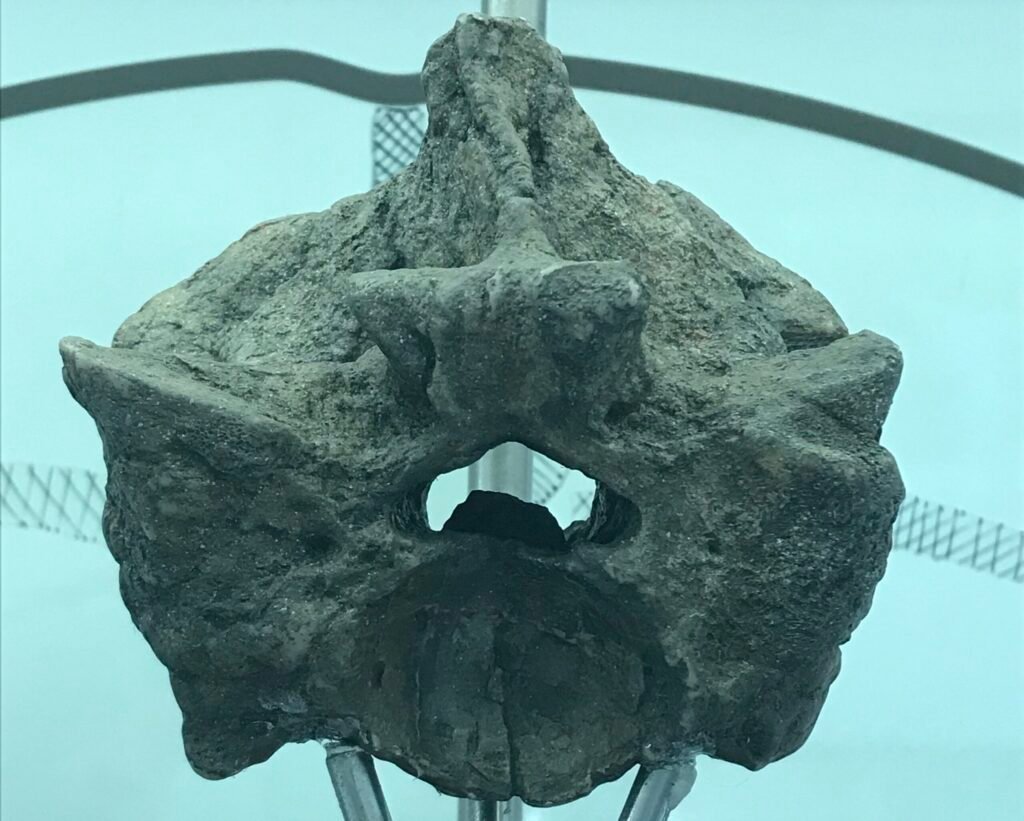
Piecing together Titanoboa’s daily life is like assembling a prehistoric puzzle. Paleontologists use fossilized bones, ancient plant material, and traces of other animals to paint a vivid picture of its world. Studies of modern boa and anaconda behavior offer clues about how Titanoboa may have hunted, nested, and moved through its environment. Artists and scientists have even collaborated to create life-sized models, bringing this ancient beast to life for museum visitors and curious minds around the globe. Every new fossil find adds another detail to the story of a snake that was as mysterious as it was massive.
Titanoboa’s Rivals and Contemporaries
Though Titanoboa ruled as apex predator, it wasn’t entirely alone. The ancient swamps it called home were also inhabited by giant turtles like Carbonemys and massive crocodile-like reptiles known as dyrosaurids. These animals may have competed for similar food sources, or even found themselves on Titanoboa’s menu. The interplay of these giant creatures created an ecosystem of giants, a dramatic stage where survival was a daily struggle and only the strongest thrived. The fossils of these animals, often found side-by-side, tell a story of constant competition and breathtaking battles for dominance.
What Happened to Titanoboa?
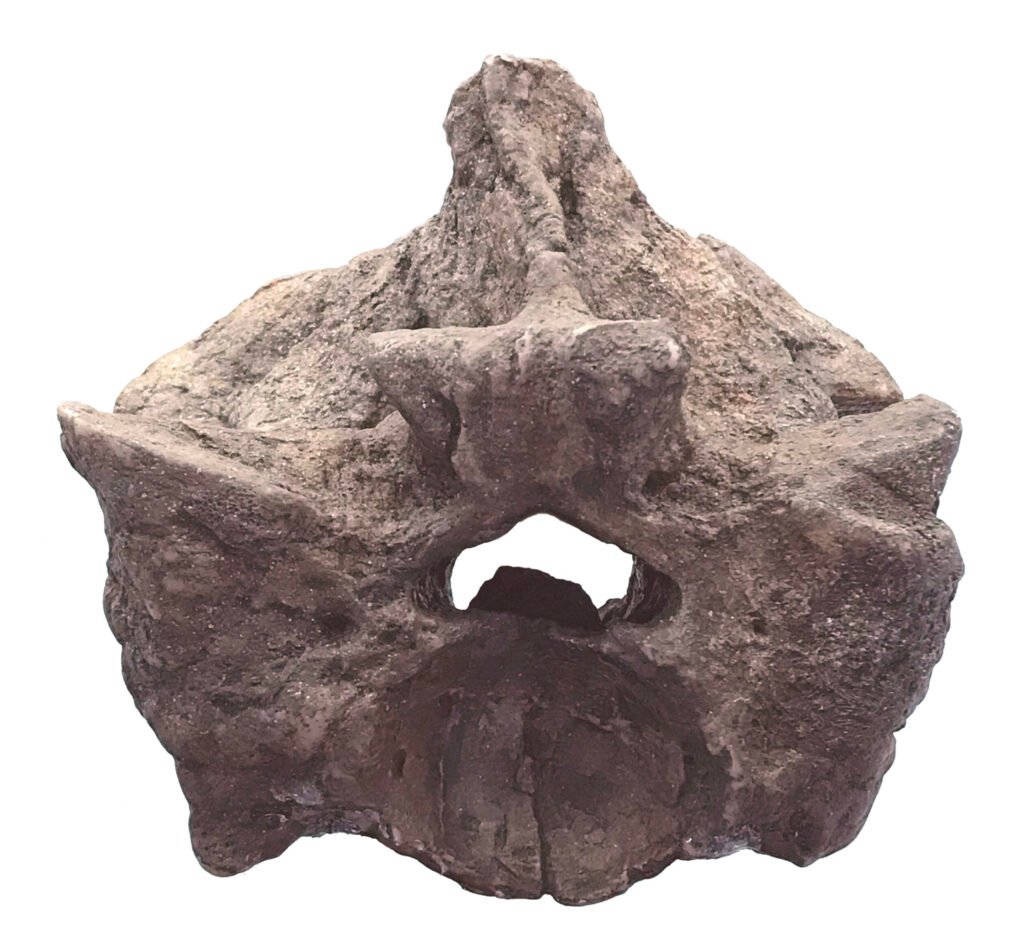
Despite its dominance, Titanoboa’s reign came to an end around 58 million years ago. Climate change played a major role—the gradual cooling and drying of Earth’s climate made it harder for such a massive cold-blooded animal to survive. As rainforests shrank and temperatures dropped, Titanoboa’s habitat and food supply dwindled. The rise of new mammalian predators and changing ecosystems further challenged its survival. Eventually, this incredible snake disappeared, leaving only bones and a legacy that would fascinate scientists millions of years later.
The Modern Legacy of Titanoboa
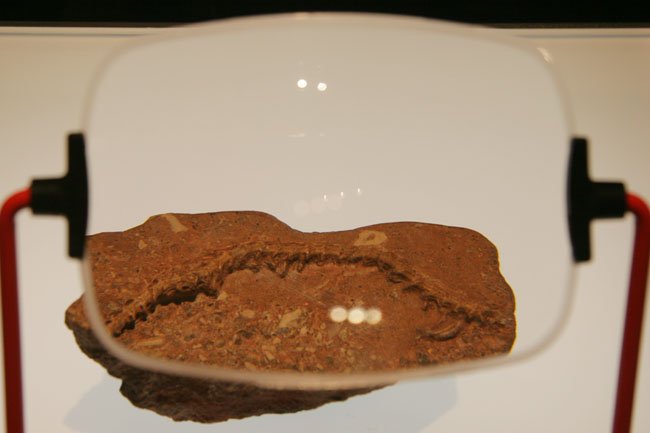
Even today, Titanoboa’s story captures the imagination of people around the world. Its discovery has inspired documentaries, museum exhibits, and endless debate among paleontologists. For many, Titanoboa serves as a reminder of nature’s incredible capacity for surprise—proof that the world still holds secrets waiting to be unearthed. The lessons learned from studying Titanoboa have helped scientists understand how climate and environment shape the evolution of life, offering insights that are increasingly relevant in a world facing its own dramatic changes.
Could a Titanoboa Exist Today?

It’s a question that sends a shiver down the spine: could a snake like Titanoboa ever appear in our time? Scientists agree it’s highly unlikely. Today’s cooler, less tropical climate simply can’t support a cold-blooded giant of such scale. Modern rainforests, while lush, do not provide the same warmth or abundance of massive prey. Yet, the idea continues to capture human imagination, inspiring stories, art, and even a touch of fear. Titanoboa remains a symbol of prehistoric power—proof that sometimes, truth really is stranger than fiction.
Titanoboa’s legacy is a testament to the extraordinary, often unpredictable path of evolution. Its bones remind us that giants once roamed the Earth not just as dinosaurs, but as slithering, silent hunters. What other secrets might still be buried beneath our feet, waiting to challenge everything we think we know about the history of life?




